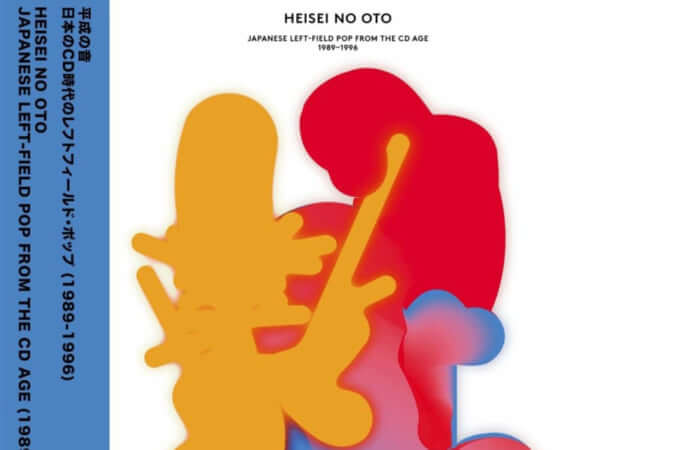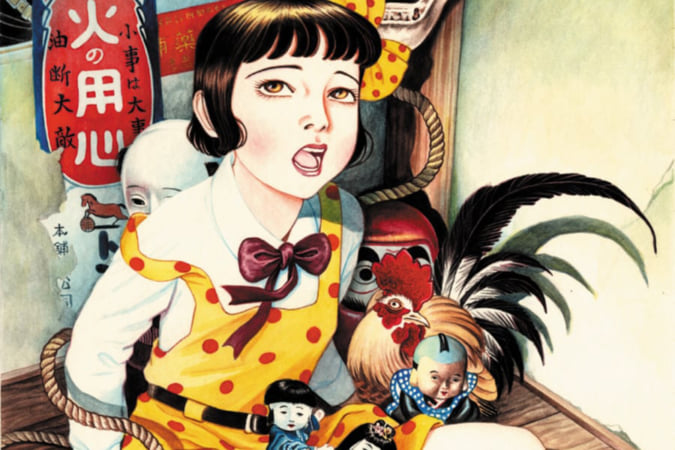Matsuhisa in Los Angeles, a Historic Restaurant in the Nobu Empire
Since it opened in 1987, this sushi bar has achieved international renown reinforced by Hollywood celebrities.
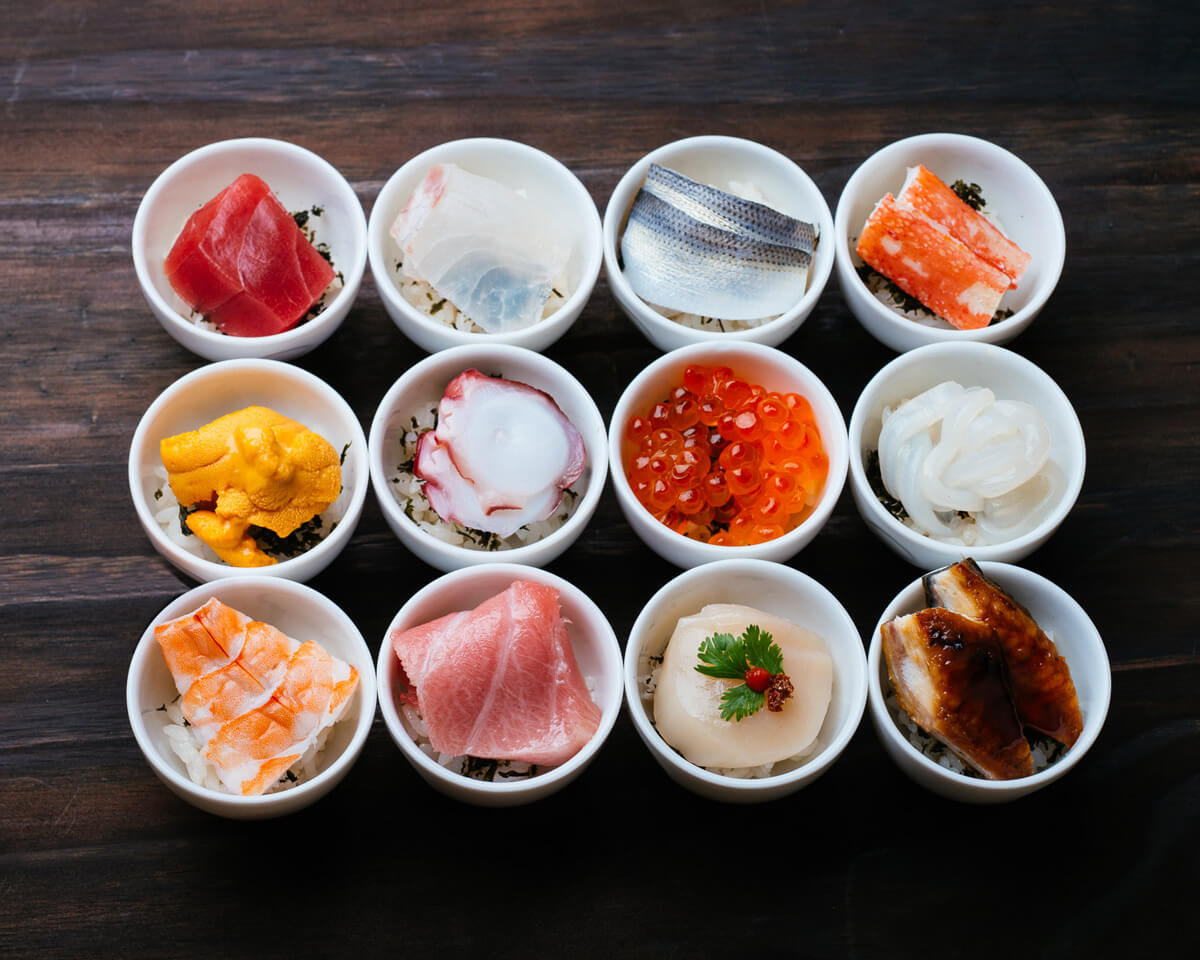
© Matsuhisa
Located on La Cienega Boulevard in Beverly Hills, Matsuhisa was the first establishment opened by renowned chef Nobu Matsuhisa, a sushi master as famous as Joël Robuchon and Paul Bocuse are in France.
The history of Matsuhisa, where diners can enjoy yellowtail sashimi with jalapeno, or shrimp tempura with a creamy ponzu sauce, is closely linked to the background of its founder.
From Peru to California via Alaska
In 1973, at the age of 24, the young man left Japan to open a restaurant in Lima, Peru, with an entrepreneur and client of the restaurant he ran in Tokyo. While there, he honed his techniques and fused the cuisines of his native Japan and his new home. He created his speciality, an iconic dish: black cod marinated in yuzu den miso sauce.
After an unsuccessful experience in Alaska, Nobu Matsuhisa moved to Los Angeles in 1977 and spent a decade working in various chefs’ brigades. However, the desire to run his own establishment became increasingly pressing. He opened Matsuhisa in the late 1980s. The restaurant quickly won the favour of Hollywood stars familiar with the area, and won the chef international fame; Robert De Niro later became an associate, enabling him to open other establishments.
Over the years, his empire extended to New York, Dubai, Melbourne, and Budapest. In 2019, the chef ran 43 restaurants worldwide. His name can now even be heard in rap music, like in ‘Jumpman’ (2015) by Drake and Future: ‘Nobu, Nobu, Nobu, Nobu, Nobu, Nobu/I just threw a private dinner in LA.’
More information on Matsuhisa can be found on the restaurant’s website.
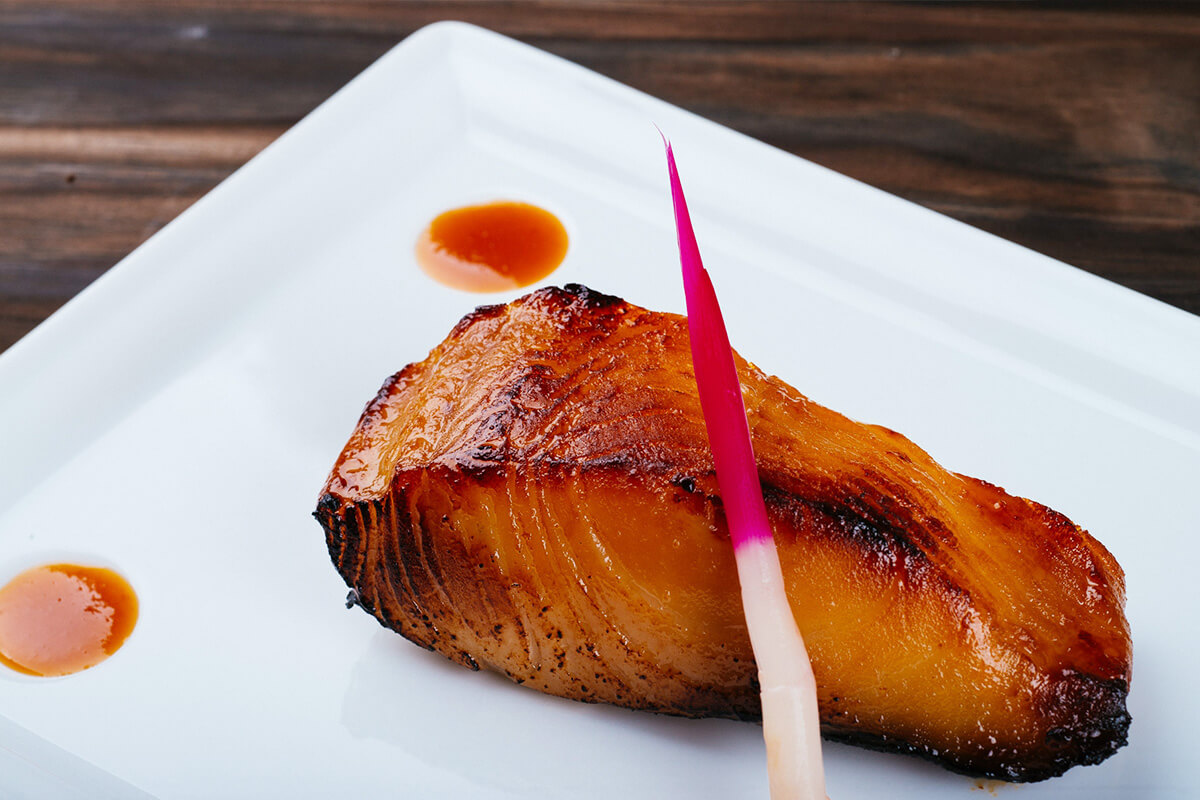
© Matsuhisa
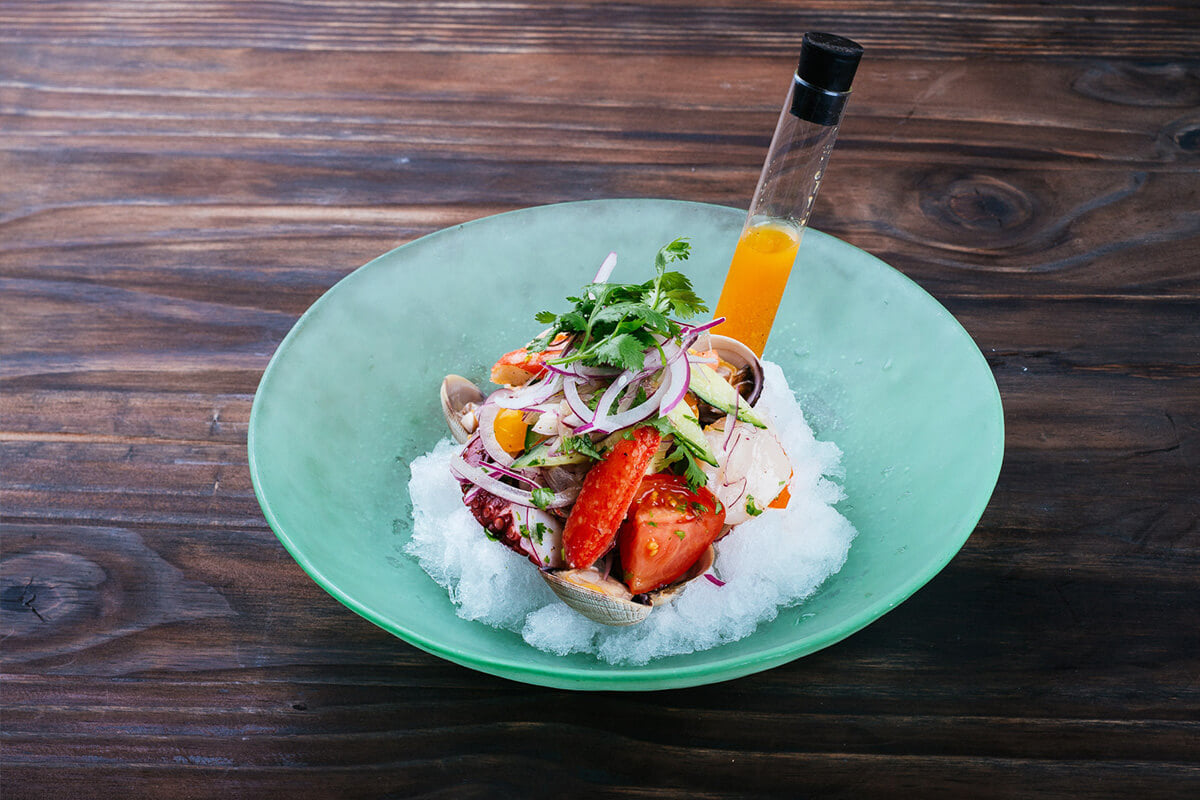
© Matsuhisa
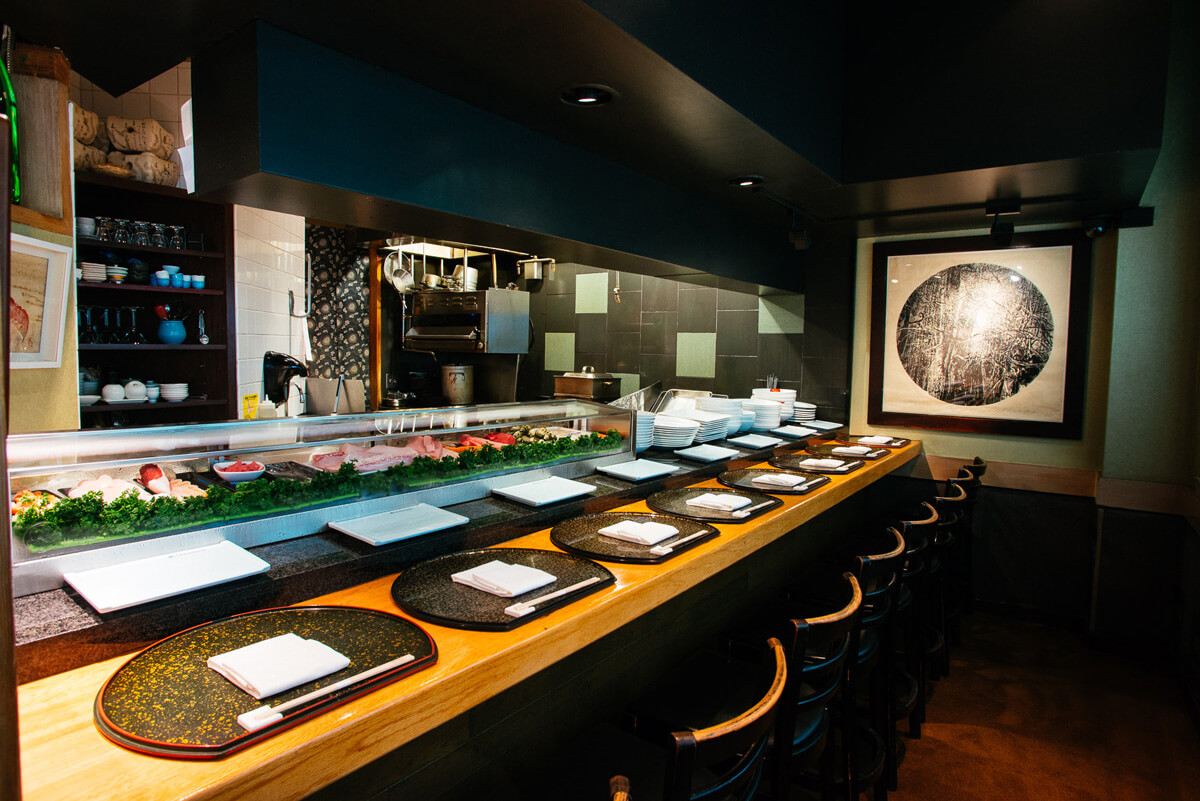
© Matsuhisa
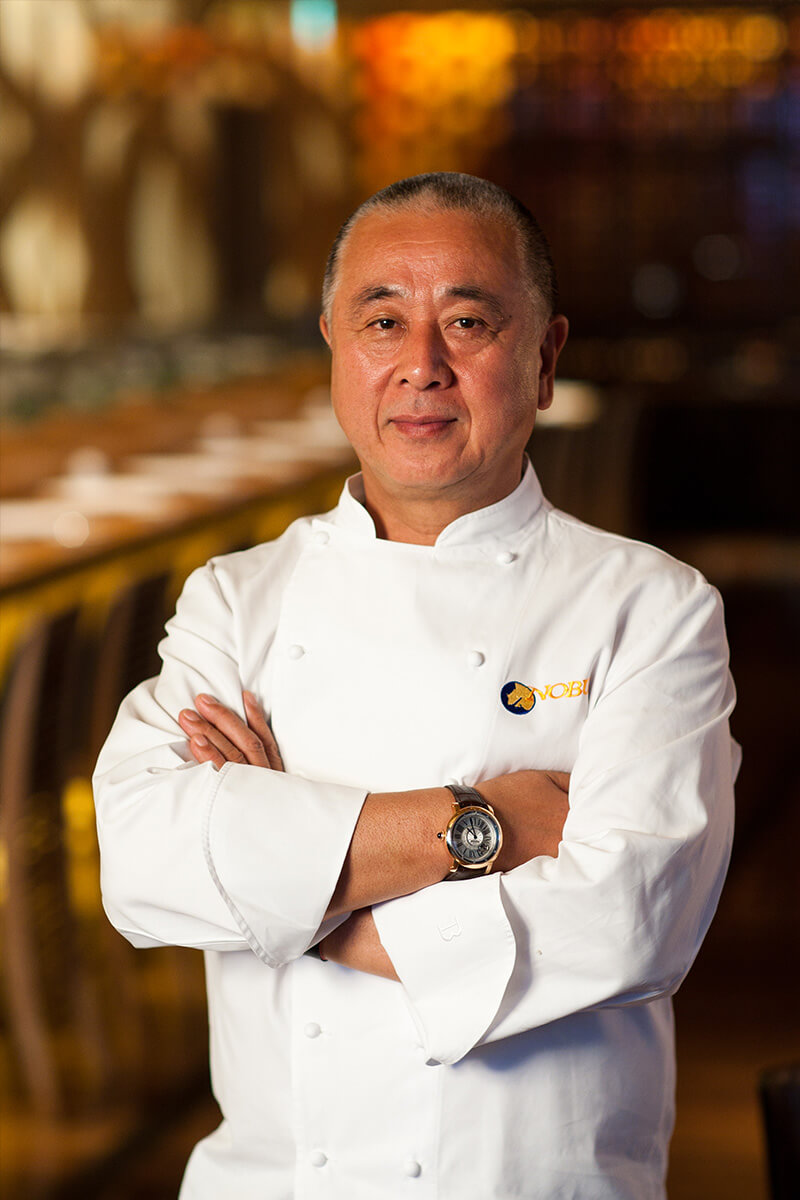
© Matsuhisa
TRENDING
-
The Tattoos that Marked the Criminals of the Edo Period
Traditional tattoos were strong signifiers; murderers had head tattoos, while theft might result in an arm tattoo.

-
The Story of Sada Yacco, the Geisha who Bewitched Europe
Described by Dazed magazine as the first beauty influencer, she has been restored to her former glory since 2019.

-
Chiharu Shiota, Red Threads of the Soul
Last year, more than 660,000 people visited the retrospective 'Chiharu Shiota: The Soul Trembles' exhibit at the Mori Art Museum.

-
Japanese Left-field Pop From The CD Age, 1989-1996
‘Heisei No Oto’, a compilation of hidden gems in the unspoken depths of Japanese pop, reveal blissful moment of technological possibility.

-
‘Shojo Tsubaki’, A Freakshow
Underground manga artist Suehiro Maruo’s infamous masterpiece canonised a historical fascination towards the erotic-grotesque genre.




